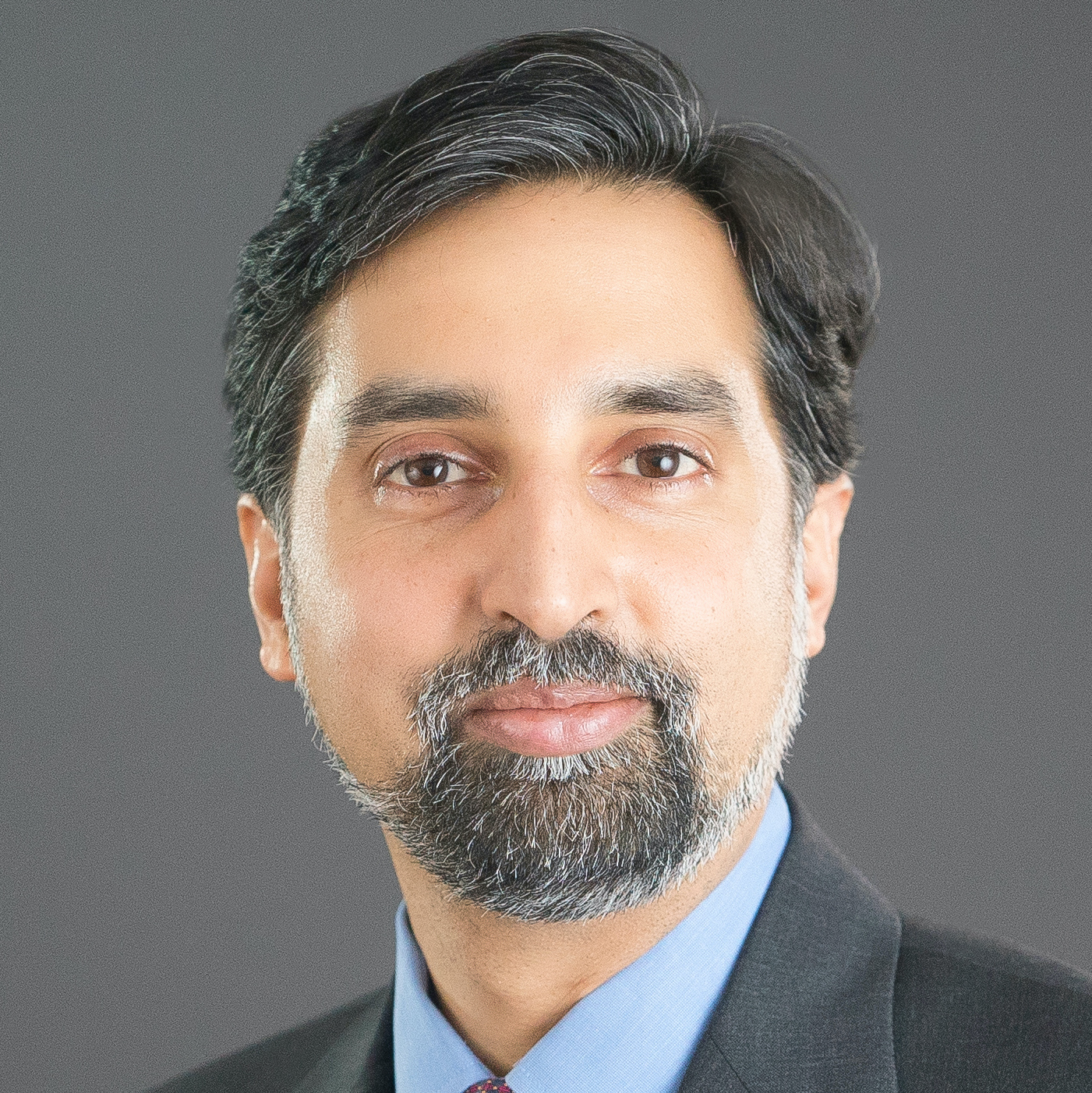
Early in the pandemic, it was reasonable to wonder whether medical education could proceed in the context of massive and unprecedented disruption.
Happily, that moment passed quickly, as medical schools responded with creativity and innovation to the challenge and found ways to continue to connect with their student body. In fact, by some measures medical schools are doing quite well.
According to the Association of American Medical Colleges, for instance, medical school applications were up 18% in 2020, likely due to the spotlight that the Covid-19 pandemic has shone on the immense value of the medical world to society.
But the quantitative shift in the size of the medical student pool is not the most far-reaching, or most interesting, aspect of medical school that is changing for the better as a result of the pandemic. Far more intriguing are the clear signs that fundamental aspects of medical curriculum may be in the process of reinvention.
Training for telemedicine
One example of reinvention is the growing focus within medical schools on incorporating training for telemedicine into their curricula. Estimates vary, but it is possible that more than 10% of healthcare delivery will be conducted via telemedicine on a permanent basis even after the pandemic has passed.
What has become very clear during the pandemic period is that telemedicine is not simply standard medical techniques delivered over a webcam rather than in person. In fact, new techniques are needed.
Recognizing this, medical schools have started to develop brief programs to teach students how to successfully treat their patients over the web. It’s possible to envision a time, though, not many years from now, when training in telemedicine becomes a material commitment for medical students, in order to prepare them for a practice which could ultimately become a daily experience.
Focus on various diversity
A second example of an underlying shift in medical education during the pandemic is the increased focus on various diversities. Medical schools have put effort into increasing diversity, as defined in particular ways, for many years, but the pandemic has suddenly presented new opportunities for progress.
More from UB: Confident universities ready for in-person learning in fall
Shifting lectures from lecture halls to webcasting was an unwelcome initial shock to medical faculty. But as the year wore on, many faculty members noticed that students who might traditionally have been reluctant to speak now showed much more willingness to engage and share online.
One prominent professor noted that, before the pandemic, male students in his class asked more questions than female students, but during the pandemic and over webcasting, the ratio reversed.
Digital anatomy tools
Other kinds of diversity are also advancing during the pandemic. Digital anatomy tools are suddenly in high demand, due to inaccessibility of gross anatomy labs.
As faculty and students have become accustomed to these tools, they are realizing some ways that these technologies could potentially go beyond what hands-on anatomy can address. Access to a broad range of body types for every dissection is one example.
More from UB: Does your college’s COVID-19 dashboard make the grade?
In a traditional gross anatomy lab, it is difficult to source cadavers from a wide range of ethnicities. Digitally, though, this is easier to accomplish, and, in fact, some of the more prominent digital anatomy tools already feature a range of body types and genders.
Moment of rapid change
There are other changes underway in medical schools that will have equally far-reaching consequences as those outlined here. The common thread is simply that we have arrived at one of those moments of rapid change that the medical education community undergoes periodically, usually in response to significant changes in our social context.
Whether these changes will add up to a significant improvement in societal healthcare outcomes will be decided by the answers to a handful of key questions.
Will medical schools combine forces and collaborate to respond rapidly to emerging opportunities and challenges, or address them separately and in isolation? Will they hold educational innovation to the same evidentiary standards as they are accustomed to for medical research? Will they be willing to sacrifice long-standing but less relevant elements of traditional curriculum to make way for an increasing focus on new and extremely impactful ones?
Vikram Savkar is vice president and general manager of the medical segment within Wolters Kluwer’s Health Learning, Research, and Practice business.







